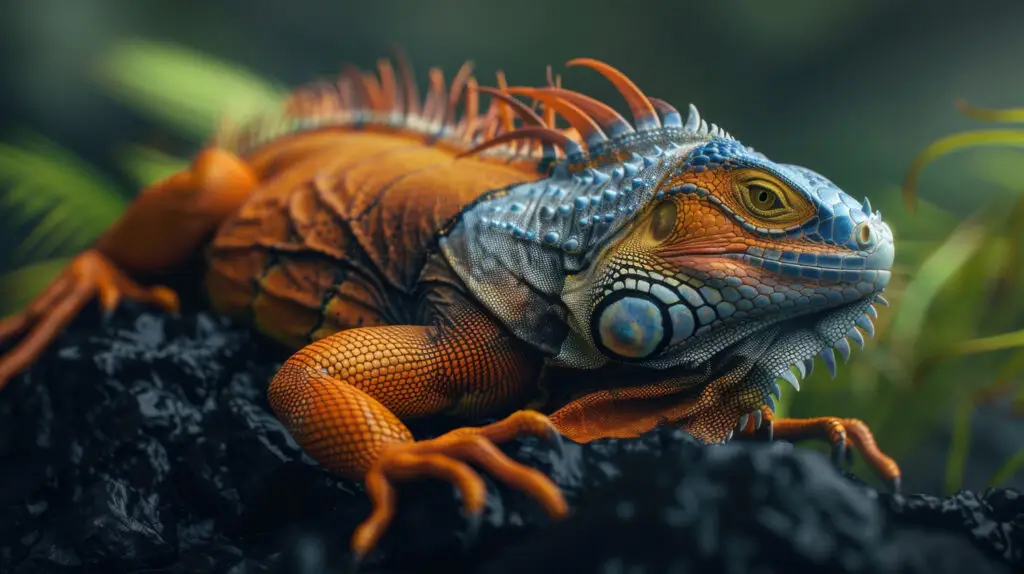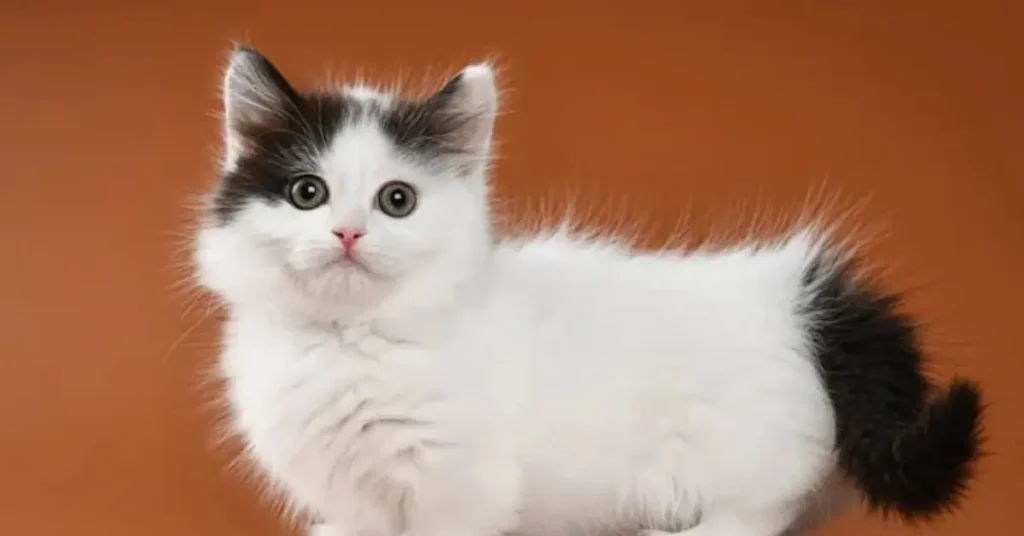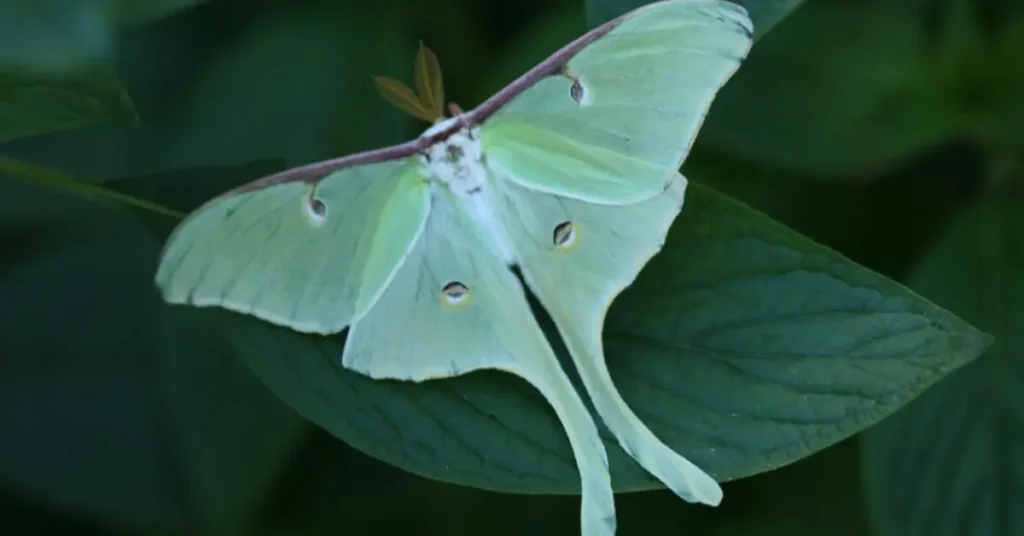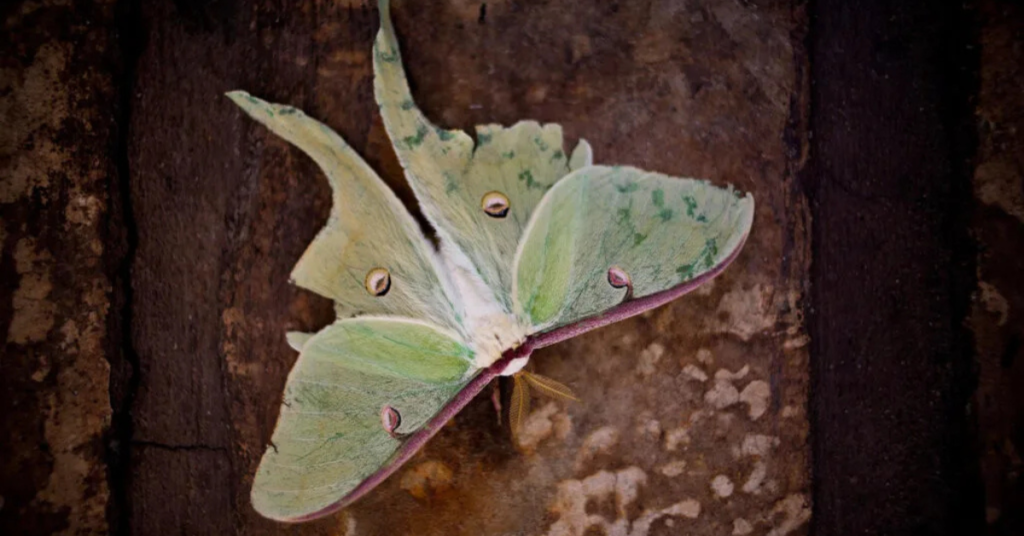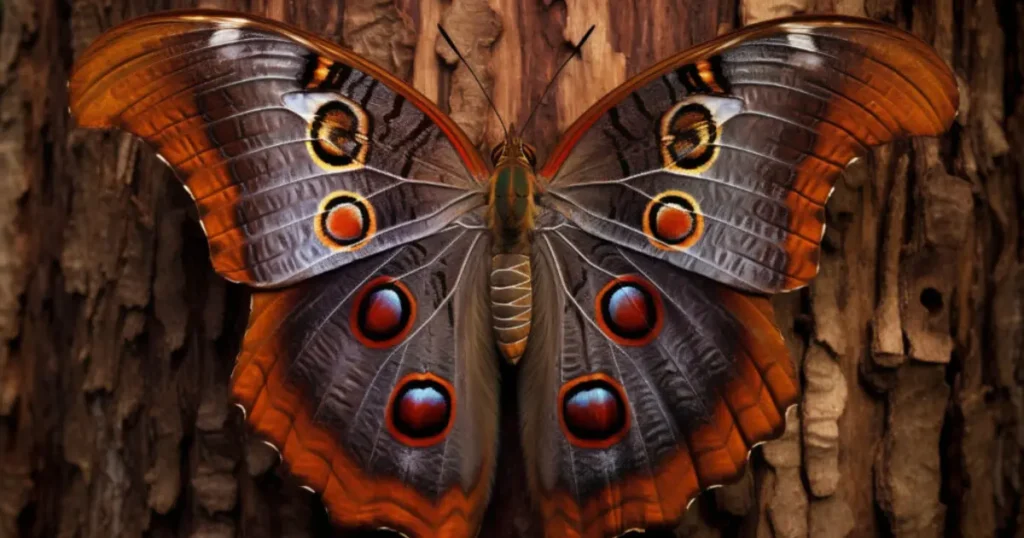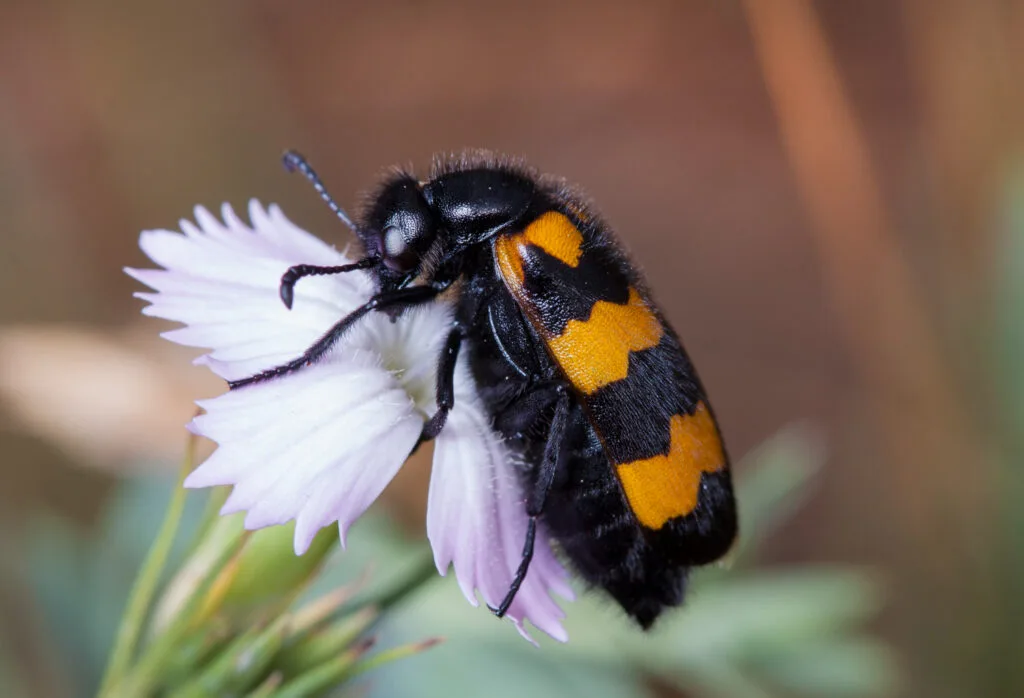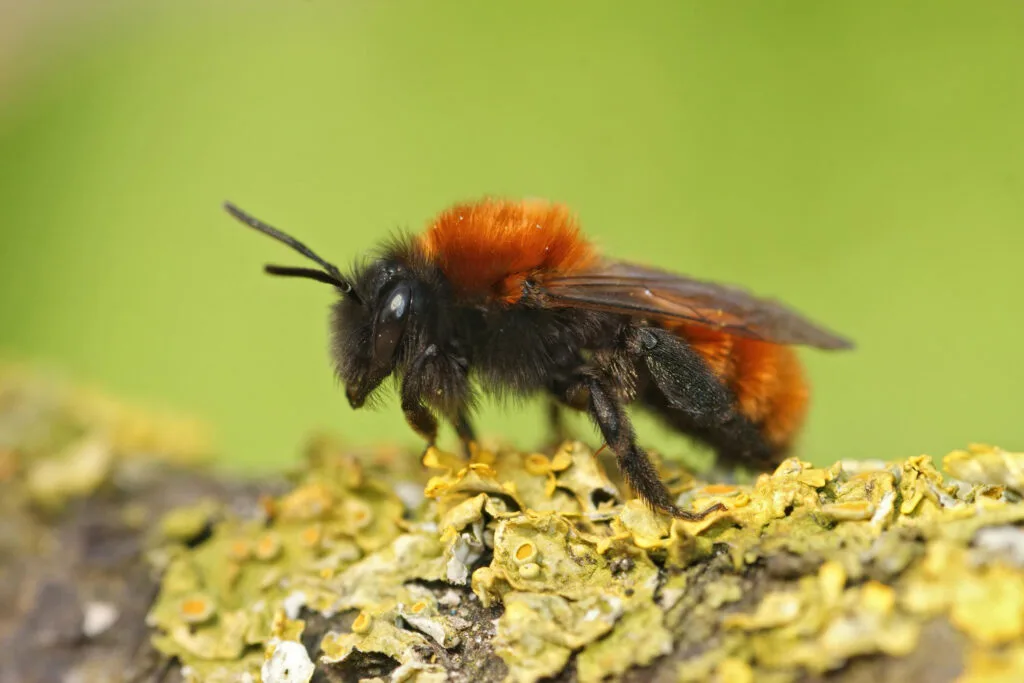Ever wondered what a typical day looks like in the Life of a Leopard Gecko? These nocturnal reptiles are some of the most popular pet lizards, but understanding their daily routine can make all the difference in giving them a healthy, happy life. In this detailed guide, we’ll walk you through everything you need to know about a Life of a Leopard Gecko, from their natural behaviours and diet to lighting, humidity, and mental stimulation.
Table of Contents
ToggleNighttime Beginnings – A Gecko’s Active Hours
The Life of a Leopard Gecko starts when the sun goes down. Unlike many reptiles, these geckos are crepuscular, meaning they’re most active during twilight and night. This evolutionary trait helps them avoid predators and extreme daytime temperatures in their native habitats of Afghanistan, Pakistan, India, and Iran.
Why Leopard Geckos Are Night Owls
- Their large eyes are adapted for low light.
- They hunt insects like crickets and roaches when prey is active.
- Their body temperature remains stable during cooler nights.
Morning Hideaway – Resting and Digesting
As dawn approaches, the Life of a Leopard Gecko shifts to rest mode. They retreat to burrows or hides where they feel secure.
The Perfect Hide
Providing multiple hides (warm and cool) replicates a natural environment, allowing geckos to:
- Thermoregulate
- Feel safe
- Reduce stress
Feeding Time – A Glimpse into Their Diet
One of the most exciting parts of the Life of a Leopard Gecko is feeding. In the wild, they stalk small insects. As pets, they thrive on a diet of crickets, dubia roaches, waxworms (occasionally), and mealworms.
Feeding Schedule
- Juveniles: Every day for optimal growth.
- Adults: Every other day to maintain a healthy weight.
Gut-Loading and Supplements
A crucial yet often overlooked aspect of the Life of a Leopard Gecko is proper nutrition through gut-loading feeder insects and dusting them with calcium and vitamin D3.
Temperature and Humidity – Creating the Perfect Environment
The Life of a Leopard Gecko is heavily influenced by its habitat’s temperature and humidity. These factors affect digestion, shedding, and overall health.
- Warm side: 28–32°C (82–90°F)
- Cool side: 24–26°C (75–78°F)
- Night temperature: Not below 20°C (68°F)
Humidity should stay between 30%–40%, with a humid hide provided for shedding.
Relevant keywords: Leopard Gecko tank temperature, ideal humidity for Leopard Gecko.
Hunting Behaviour – The Thrill of the Chase
A fascinating part of the Life of a Leopard Gecko is their hunting style. These reptiles wiggle their tails before striking, a behaviour rooted in their wild instincts.
Encouraging Natural Behaviours
Use feeding tongs or let live prey roam in the enclosure (supervised) to stimulate their natural hunting drive, reducing boredom and promoting exercise.
Hydration – How Leopard Geckos Drink
Despite being desert dwellers, hydration is vital in the Life of a Leopard Gecko. They often drink droplets from surfaces or shallow water dishes.
Mistakes to Avoid
- Avoid deep water bowls – they can drown.
- Never mist excessively; stagnant water promotes bacteria.
Light and UVB – Do They Need It?
A common myth about the Life of a Leopard Gecko is that they don’t benefit from UVB. While they can survive without it, low-level UVB helps with vitamin D3 synthesis, supporting bone health.
Housing – Setting Up Their Perfect Home
The enclosure plays a key role in the Life of a Leopard Gecko. A minimum 20-gallon tank is recommended for a single adult.
Substrate Options
- Safe choices: reptile carpet, paper towels, tile.
- Avoid: loose sand, as it can cause impaction.
Shedding – A Natural Process
Shedding is a routine but important aspect of the Life of a Leopard Gecko. They usually shed every 4–6 weeks, more frequently when young.
Signs of Shedding
- Dull, grey skin
- Restlessness
- Loss of appetite
Bonding – Interacting with Your Gecko
While not cuddly like cats or dogs, interaction is still part of the Life of a Leopard Gecko. With gentle handling, they recognise their keepers and become calmer over time.
Health – Recognising Signs of Illness
Key to a happy Life of a Leopard Gecko is early detection of problems:
- Sunken eyes or tail – dehydration or malnutrition
- Lethargy – parasites, improper temperature
- Regurgitation – overfeeding or stress
Enrichment – Keeping Their Mind Active
Mental stimulation improves quality of Life of a Leopard Gecko. Ideas include:
- Rearranging tank decor
- Offering new hides
- Introducing different (safe) insects
Natural Habitat – Understanding Their Origins
The Life of a Leopard Gecko in the wild takes place in rocky, arid regions with sparse vegetation. Mimicking their natural terrain reduces stress and encourages natural behaviours.
A Leopard Gecko’s Day at a Glance
- 7–9 AM: Settle into hide, begin rest phase.
- 12–6 PM: Sleeping, occasional shifting for thermoregulation.
- 7–9 PM: Wake up, explore enclosure.
- 9–11 PM: Active hunting, feeding.
- 11 PM–4 AM: Exploring, climbing, interacting with habitat.
FAQs on the Life of a Leopard Gecko
How long do Leopard Geckos live?
With proper care, 15–20 years.
Can I keep multiple Leopard Geckos together?
Only females may cohabit with caution; males will fight.
How often should I clean the enclosure?
Spot-clean daily; deep-clean monthly.

